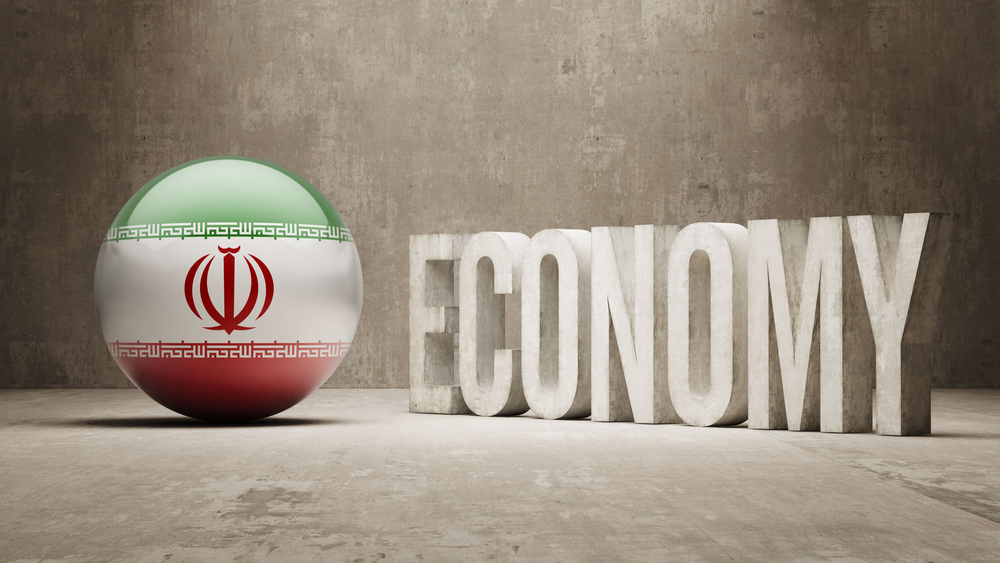World Bank Group in its latest analysis of Iran’s economy has forecast Iran’s economy to grow at an annual average rate of 4.5% in 2016–18.
The bank, in Iran Economic Monitor for fall, has revised up the real GDP growth for 2016 by 0.1%age points at 4.3%, reflecting a larger increase in oil and gas production. In particular, the oil and gas sector is projected to grow by 14.5% in 2016 up from 12.9% in the previous IEM.
Over the medium term (2017–18), investment is likely to play a much larger role in generating growth on the assumption that new investment deals currently being negotiated will materialize in 2017-18, and financial linkages with the rest of the world will be restored. In particular, the 4.7% average growth projected for 2017-18 is expected to be driven by a 7.9% average increase in total investment.
With renewed confidence in the economy and a lower inflationary environment, consumption is expected to grow at an average of 3.5% over 2016-18.
Inflation is expected to ease into single digits in 2016 for the first time since 1990. Consumer price inflation is forecast to register 8.6% in 2016, down from 34.7% in 2013, as a result of curbing inflationary expectations, fiscal discipline, lower commodity prices and easing import costs in the wake of the partial lifting of the sanctions.
This might create room for the central bank to ease its monetary policy by lowering interest rates with the objective of reducing borrowing cost and boosting growth. However, as reflected in the recently rising monthly rates, there are increasing pressures on the disinflationary trend and continued tight fiscal and monetary policies will be important to keep inflation in check.
The fiscal position is expected to improve for the first time since 2012. After an estimated deficit of 1.6% of GDP in 2015, the fiscal balance is projected to improve by 1.2% of GDP in 2016 as a result of an expected surge in the volume of oil exports, which will outweigh the projected drop in prices.
In parallel, non-oil revenues are likely to increase due to recovery in economic activity, continued expansion of coverage of value added tax and an estimated $3 billion windfall in frozen assets.
Fiscal, Account Balance Improvement
On the expenditure side, the projected rise in capital spending is expected to be counterbalanced by a drop in current spending as a result of the parliament’s decision in April 2016 to remove cash subsidies (introduced in 2010) for high income households.
Notwithstanding the expected pickup in capital spending in 2017 and 2018, the fiscal balance is projected to record surpluses of 0.5 and 1.1% of GDP in 2017 and 2018, respectively. This projected improvement over the medium term assumes a higher efficiency in terms of tax collection combined with a continued increase in oil inflows, as well as implementation of fiscal measures that may be needed to manage the impact of the ongoing securitization of government arrears and recapitalization of public banks.
According to the World Bank, the country’s current account balance is projected to follow a monotonically increasing path over the next three years. The current account balance in 2016–18 is revised upwards, in line with the recent data published by the CBI showing that oil exports actually rose in 2015, despite falling oil prices. In particular, after decreasing from 6.3% of GDP in 2013 to an estimated 2.3% of GDP in 2015, the current account surplus is expected to reach 2.6, 3.4 and 4.1% in 2016, 2017 and 2018, respectively.
This improvement reflects a projected increase in energy exports, which is expected to fully offset the rise in imports stemming from lower trade costs and increased domestic consumption.
Moreover, tourism inflows are expected to provide an additional boost.
Iran’s growth prospects may be at risk, if investment inflows do not materialize and oil prices do not pick up over the medium term.
Need for Reforms
Achieving sustained growth rates of 4.5–5% a year or closer to the government’s target of 8% will critically depend on accelerating pace of structural reforms undertaken by the current administration, reintegration with the global economy in international trade and finance and reviving foreign investors’ activity in the country.
Iran’s dependence on the energy sector leaves it highly exposed to swings in gas and oil prices. In particular, any drop in international oil prices, due to increased supply or a lower global growth, will exert downward pressure on the fiscal and current account balances assuming that Iran’s oil receipts continue to be pro-cyclical—as the budget receives a fixed percentage of oil proceeds.
The bank also cautions that simulations of a scenario where investment activity falters as a result of failure in restoring confidence suggests a significant reduction in growth in 2017–18. This downside scenario is illustrative of the impact of a weak investment outturn that may either result from the delays in the reintegration of the Iranian banking sector with the global system or lack of sufficient progress in key structural reforms, which would both hurt investors’ confidence and deter long-term investment activity.
While in the baseline scenario, investments are projected to grow by an average of over 7%, this rate will marginally be above 4% in a scenario where investor confidence cannot be restored and macroeconomic policies falter. Potential investment activity will be greatly supported by reforms that will improve the investment climate, including reforms in factor and product markets, and reduce the state’s role in the economy to create room for the private sector.


